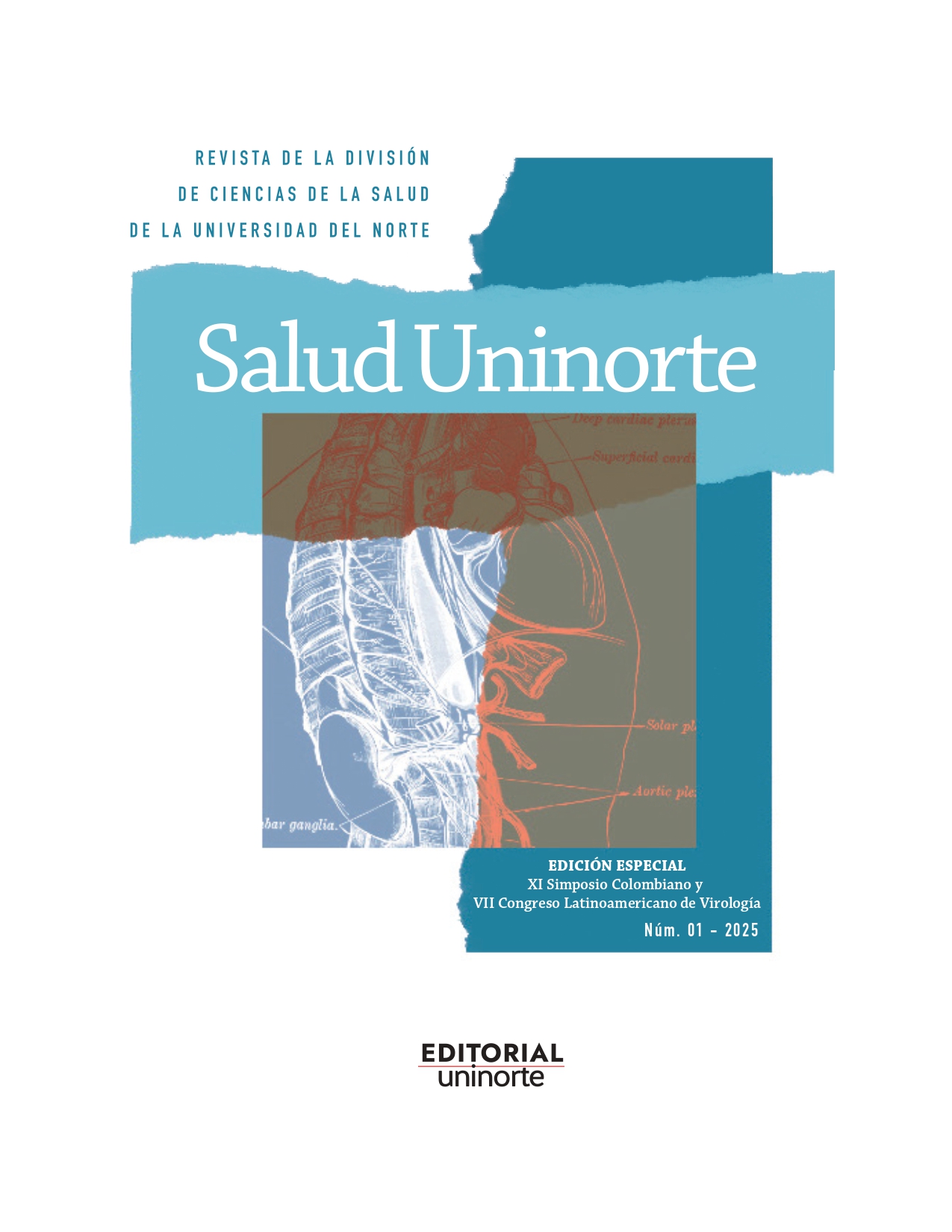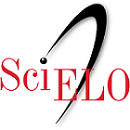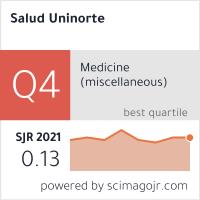In Silico Evaluation of Natural Compounds as Inhibitors of the Oropouche Virus Gc Glycoprotein
DOI:
https://doi.org/10.14482/sun.01.303.867Keywords:
Oropouche virus, Gc glycoprotein, natural compounds, molecular docking, molecular dynamics, ADMET.Abstract
Introduction: Oropouche virus (OROV) is an emerging orthobunyavirus in the Americas with no approved antiviral therapies.
Methods: This work employed a structure-based in-silico pipeline to identify natural compounds with potential to inhibit the Gc glycoprotein, a class II fusion protein essential for viral entry.
Results: A curated library of 537 phytochemicals was filtered by structural similarity, selecting 20 top candidates (flavonoids and alkaloids). Molecular docking against the Gc “head” domain (PDB: 6H3X) was followed by 100-nanosecond molecular dynamics simulations in YASARA, MM-PBSA binding free energy estimations, and ADMET profiling. Quercetin, previously reported as a putative OROV inhibitor, served as the reference ligand in all dynamic analyses. Significantly, curcumin and berberine demonstrated outstanding performance, combining favorable binding energies (?38.14 and ?13.10 kcal/mol, respectively) with high structural stability (RMSD ? 1.82 Å) throughout the simulations. Curcumin additionally exhibited a highly favorable pharmacokinetic profile, whereas berberine’s potent interaction was tempered by predicted cytotoxicity and mutagenicity signals, suggesting the need for structural optimization. Cynaroside, baicalin, and naringin also maintained stable interactions, although their predicted low oral bioavailability may limit direct clinical translation. It is notable that in this model, more positive or near-zero binding energy values were interpreted as indicative of more favorable ligand-protein interactions, a criterion consistent with the evaluation algorithms implemented in YASARA, which integrates molecular mechanics with empirical force field optimizations for high-precision affinity estimation. The use of YASARA was strategic due to its robust energy minimization protocols, solvent-aware dynamics, and reproducibility over extended simulation times.
Conclusions: Collectively, these findings position curcumin and berberine as highly promising molecular scaffolds for the rational development of novel antivirals against OROV, with translational potential to other emerging orthobunyaviruses. Ultimately, their performance in silico underscores the urgent need for experimental validation and paves the way for targeted antiviral discovery pipelines, a critical step in strengthening preparedness against arboviral threats in Latin America.
Published
How to Cite
Issue
Section
License
(COPIE Y PEGUE EL SIGUIENTE TEXTO EN UN ARCHIVO TIPO WORD CON TODOS LOS DATOS Y FIRMAS DE LOS AUTORES, ANEXE AL PRESENTE ENVIO JUNTO CON LOS DEMAS DOCUMENTOS)
AUTORIZACIÓN PARA REPRODUCCIÓN, USO, PUBLICACIÓN Y DIVULGACIÓN DE UNA OBRA LITERARIA, ARTISTICA O CIENTIFICA
NOMBRE DE AUTOR y/o AUTORES de la obra y/o artículo, mayor de edad, vecino de la ciudad de , identificado con cédula de ciudadanía/ pasaporte No. , expedida en , en uso de sus facultades físicas y mentales, parte que en adelante se denominará el AUTOR, suscribe la siguiente autorización con el fin de que se realice la reproducción, uso , comunicación y publicación de una obra, en los siguientes términos:
1. Que, independientemente de las reglamentaciones legales existentes en razón a la vinculación de las partes de este contrato, y cualquier clase de presunción legal existente, las partes acuerdan que el AUTOR autoriza de manera pura y simple a La UNIVERSIDAD DEL NORTE , con el fin de que se utilice el material denominado en la Revista
2. Que dicha autorización se hace con carácter exclusivo y recaerá en especial sobre los derechos de reproducción de la obra, por cualquier medio conocido o por conocerse, comunicación pública de la obra, a cualquier titulo y aun por fuera del ámbito académico, distribución y comercialización de la obra, directamente o con terceras personas, con fines comerciales o netamente educativos, transformación de la obra, a través del cambio de soporte físico, digitalización, traducciones, adaptaciones o cualquier otra forma de generar obras derivadas. No obstante lo anterior, la enunciación de las autorizaciones es meramente enunciativa y no descartan nuevas formas de explotación económica y editorial no descritas en este contrato por parte del AUTOR del artículo, a modo individual.
3. Declara que el artículo es original y que es de su creación exclusiva, no existiendo impedimento de ninguna naturaleza para la autorización que está haciendo, respondiendo además por cualquier acción de reivindicación, plagio u otra clase de reclamación que al respecto pudiera sobrevenir.
4. Que dicha autorización se hace a título gratuito.
5. Los derechos morales de autor sobre el artículo corresponden exclusivamente al AUTOR y en tal virtud, la UNIVERIDAD se obliga a reconocerlos expresamente y a respetarlos de manera rigurosa.
EL AUTOR
















